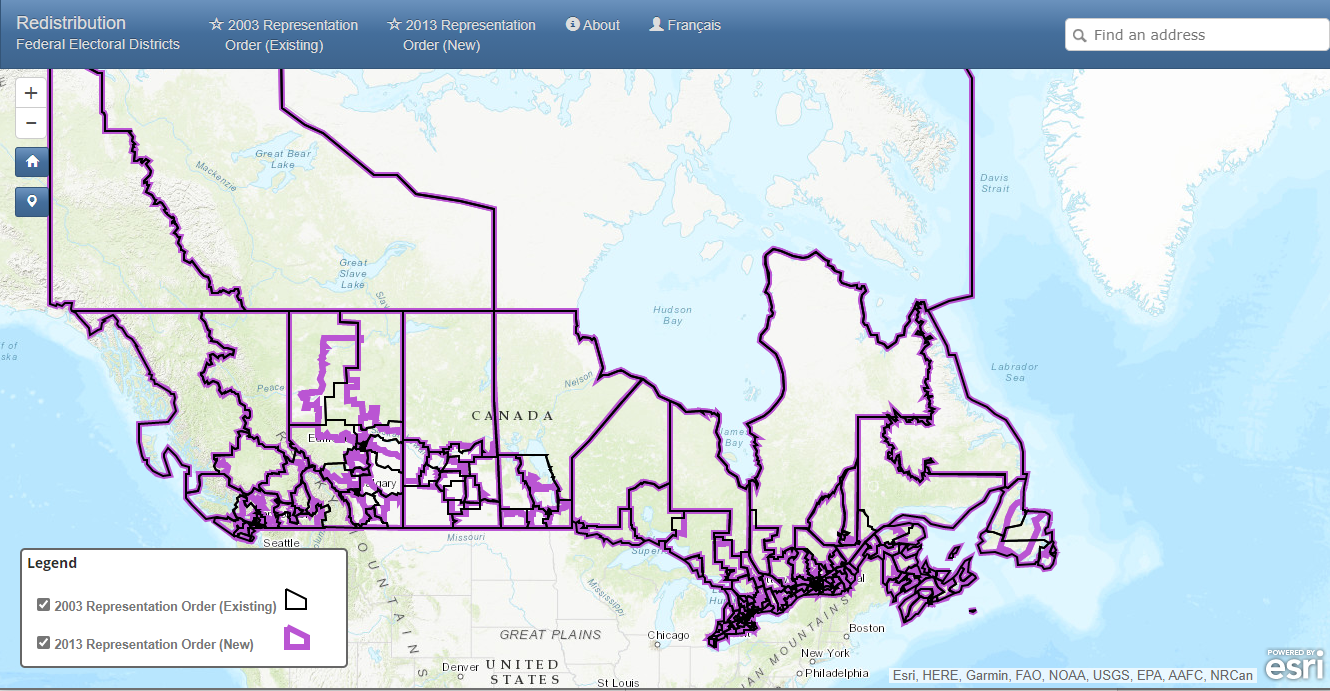Every classroom has different needs. In some, you might want to engage your students further in higher-level thinking. For that, Elections Canada’s learning resources offer optional enhancement activities that you can use to deepen your students’ learning about elections and democracy.
All of Elections Canada’s resources use an inquiry-based approach. A simple way to extend the lesson is to extend the inquiry. You can find all the optional enhancement activities in the teacher’s guides. Here are some examples:
In Geography of Elections, students finish the lesson by writing questions on their exit cards. As an enhancement activity, you can ask them to refine and improve some of those questions using criteria for a good inquiry question and to investigate the answers using other sources. To extend the lesson even further, you can connect the lesson to other geographic tools and concepts, such as population pyramids.
Similarly, in Mapping Electoral Districts, students explore the inquiry question “What makes an electoral district fair?” and divide an imaginary country into ridings. To extend your students’ geographical thinking, encourage them to apply the thought process they used in an imaginary scenario to a real-world example. You can display this map showing how federal electoral boundaries changed from 2003 to 2013. (The process of redistributing federal electoral districts will soon begin again.) Students look at whether the boundaries of their riding changed and discuss why or why not. In this enhancement activity, students consider the real-world electoral boundaries in terms of their physical and human geographic features.
Map showing how federal electoral boundaries changed from 2003 to 2013
Enhancement activities for other lessons also offer students a chance to dig deeper into real-world data:
- In Elections by the Numbers, for example, students can explore data found in the reports and infographics from Elections Canada’s 43rd General Election Evaluations. Students can use these data sources to practise illustrating data in clear and effective ways. Senior math or data management students can use these resources to examine the sampling variability of the estimates.
- In Civic Action: Then and Now and Voting Rights through Time, students can delve deeper into historical thinking concepts by continuing to explore the actions of individuals in the past. They can even create their own case studies, like the ones they used in the lesson.
- In Digital Skills for Democracy, students can search the Web for stories that seem fishy or too good to be true. They can then use the strategies they learned during the lesson to verify the stories and pass the articles to another team as a challenge.
By exploring real-life scenarios and data, researching further into historical and current cases, and relating to historical and geographical thinking concepts, the optional enhancement activities offer many ways to engage students in higher-level thinking.
Let us know how you have used our resources to deepen your students’ understanding of elections and democracy by sharing with us on Twitter or Facebook!


